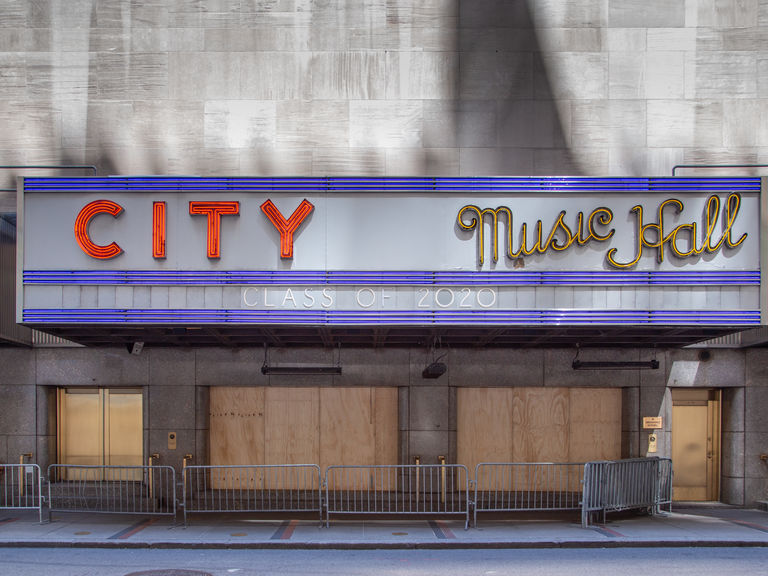Project Detail: CLOSED
Contest:
IBSA Foundation Covid19
Brand:
LuganoPhotoDays
Author:
Tommaso Sacconi
Project Info
CLOSED
In New York City, the barricades became the new urban landscape, the expression of a unique historical moment.
The pandemic, the shutdown, the fear of economic crisis, the growing unemployment rate and the protests: the barricades became the new urban landscape, the expression of a unique historical moment. On March 20th, fashion stores in Soho are preparing themselves for the worst by barricading their shop windows, as they usually do before hurricanes. Stores on Fifth Avenue do the same. Covid-19 has hit New York: the statistics are dramatic, the city is deserted and no one can predict the timing for the reopening.
At the end of May, with the protests following George Floyd‘s death at the hands of the police, all businesses run for cover. Every storefront in Manhattan is boarded up. The city is unrecognizable. The wood panels have undergone several changes before disappearing with the reopening of stores. Somehow, they have become diaries of these months. Initially clean, untreated and all the same. Then, graffitis start to pop-up: ‘Stay home’; ‘New York tough’; ‘Rent is too high’. At the end of May some woods are torn and some shop windows broken: these are the first days of protests. Also, artists begin to express themselves more and more, leaving traces of their work on wood. First we read messages of anger towards the police and tributes to victims like ‘Say their names’; ‘Black Lives Matter’; ‘Defund the Police’ and many other colorful expressions that constantly end up covered with dark paint. Finally, messages of hope: ‘Working for a better future’; 'Imagine Peace'.
Between August and the end of October, many activities have reopened, but there are still countless barricades covering the shops that didn’t survive.


















